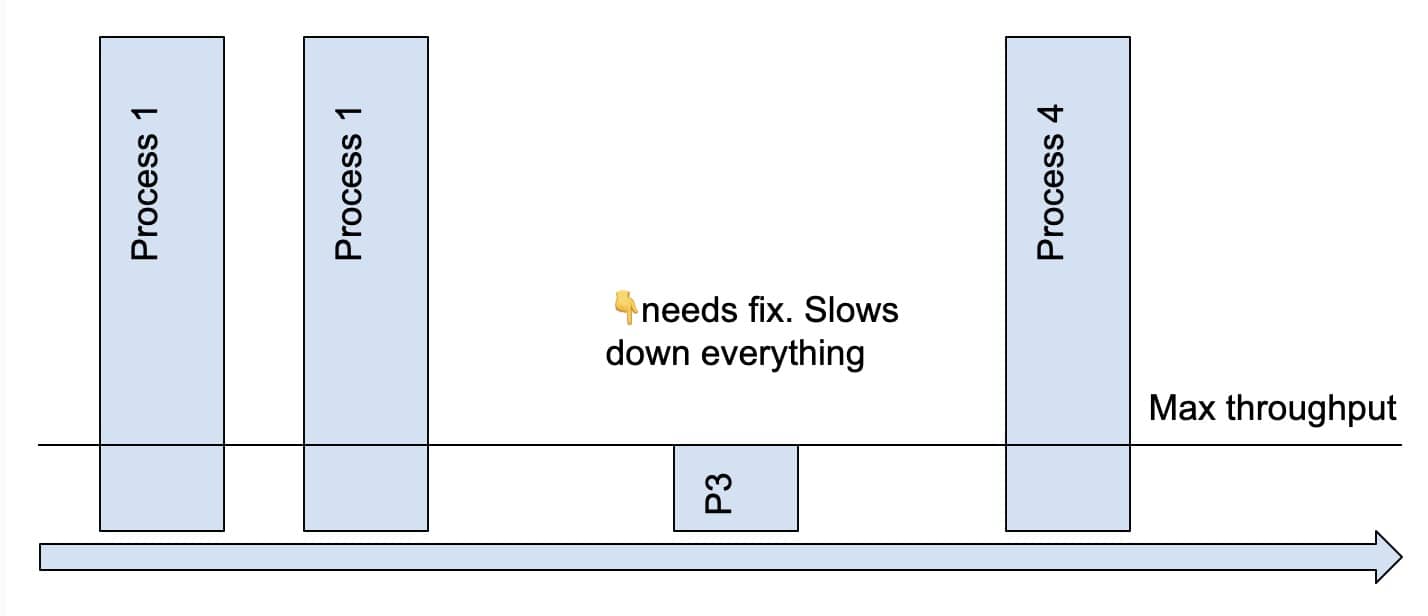Scaling Systems - Non-Technical Introduction

The Journey from Launch to Scale
Imagine launching a food delivery app that becomes an overnight sensation. Orders are pouring in, but with the surge, your app begins to lag, transforming success into a scalability nightmare.
How do you transition from a frustrated single user to a platform servicing millions, like Uber? The key lies in effectively scaling your system to meet growing demands.
About this post
This post was written after the YouTube video you find online in a bit. Any questions / comments? Reply to YouTube or write me an email: [email protected] .
The Importance of Scalability
Scalability isn’t just a technical concern; it’s a strategic imperative for project managers and product owners. Engaging in conversations about scalability with your development team can ensure your project is ready to handle growth, avoiding the pitfalls of an unprepared infrastructure.
Embracing Mental Models for Scalable Solutions
Understanding these five mental models can empower you to make informed decisions alongside your developers:
Premature Optimization: Avoid the trap of making your system scalable before it’s necessary. Developers love exploring new technologies, but focus on applying best practices and scaling vertically as initial steps.
Think in “Actors”: Responsiveness and scalability can be enhanced by offloading time-consuming tasks. This approach is embodied in the adoption of microservices architectures, allowing you to scale individual services as needed.
Bottleneck Theory: Identify the slowest part of your system, as it dictates the overall speed. Addressing bottlenecks often starts with vertical scaling to provide immediate relief.

Think Small to Think Big: Optimizing the performance of individual components can lead to significant improvements in your overall system. This concept is crucial in database query optimization and managing web application traffic.
Horizontal vs. Vertical Scaling: Know when to add more resources to your existing setup (vertical) and when to expand your infrastructure with additional machines (horizontal) for long-term growth.
Development Best Practices for Scalability
- Design Data Structures Efficiently: Choose the right structures to enhance code efficiency and maintainability.
- Optimize Frontend Queries: Adopt technologies like GraphQL to avoid common pitfalls like N+1 queries.
- Read-Only Optimization: Leverage caching solutions like Redis to speed up data retrieval, crucial for read-heavy applications.
- Database Query Optimization: Ensure your database is primed for quick data access, especially as your user base grows.
Architectural Strategies for Expansion
As you plan for scalability, consider load testing to identify potential bottlenecks and adopt a robust monitoring system to stay ahead of issues. Utilizing CDN can drastically improve content delivery speeds, making it a critical component of your scalability toolkit.
Final Thoughts for Project Managers
As project managers, understanding the fundamentals of scalability allows you to spearhead projects that not only launch successfully but also thrive as they grow. Engage with your developers, anticipate challenges, and plan resources with scalability in mind.
What strategies have you found effective in scaling your projects? Share your experiences below.
Check out my detailed video on this topic on my YouTube Channel.
